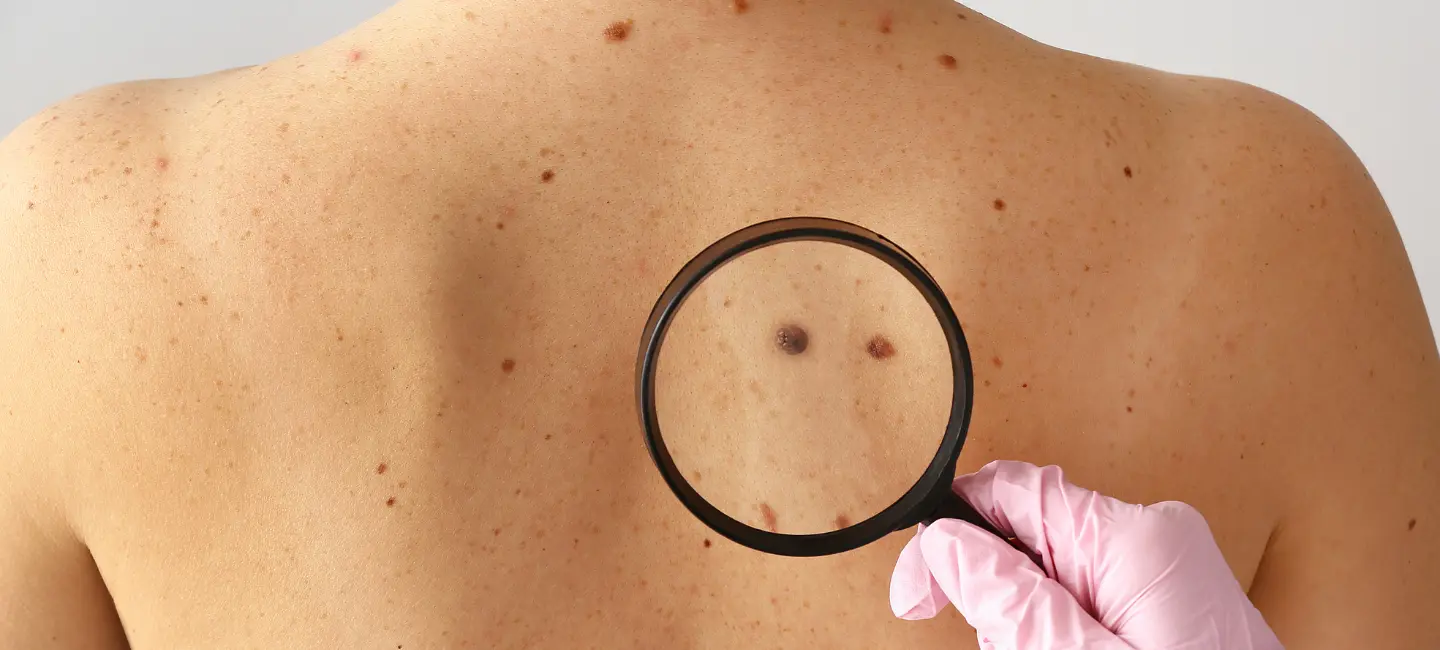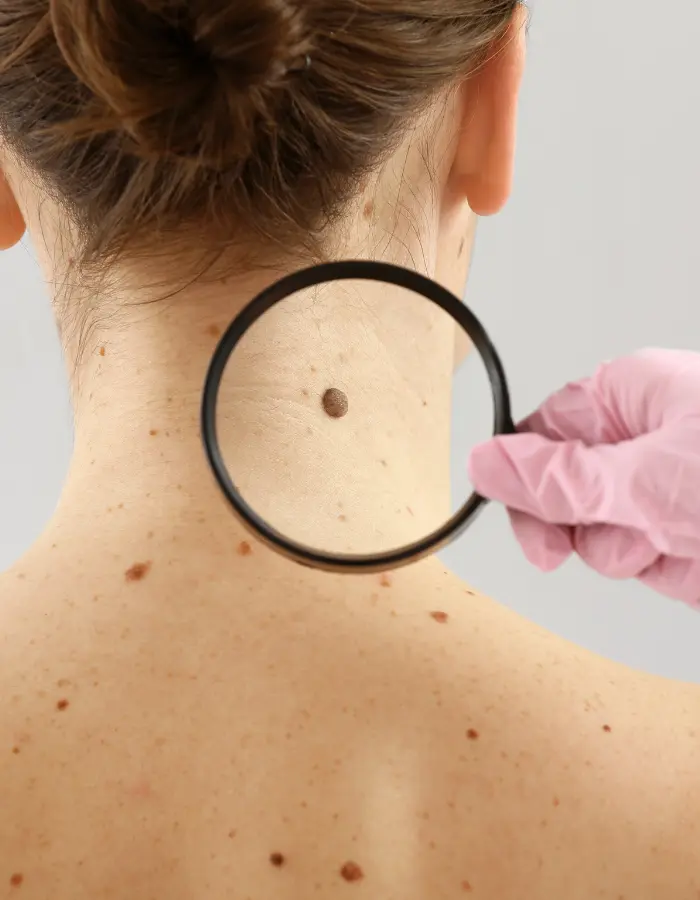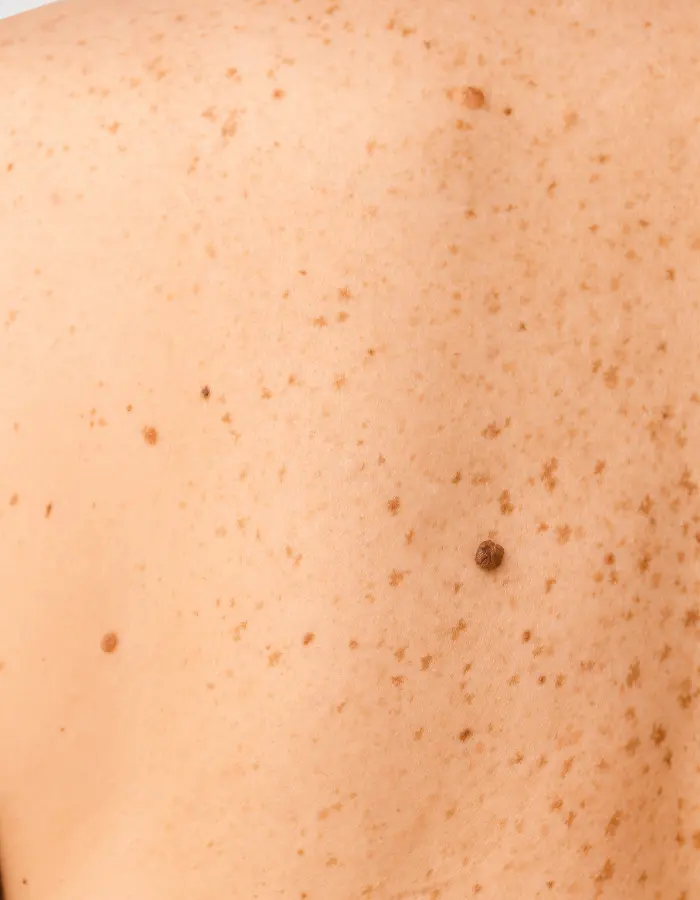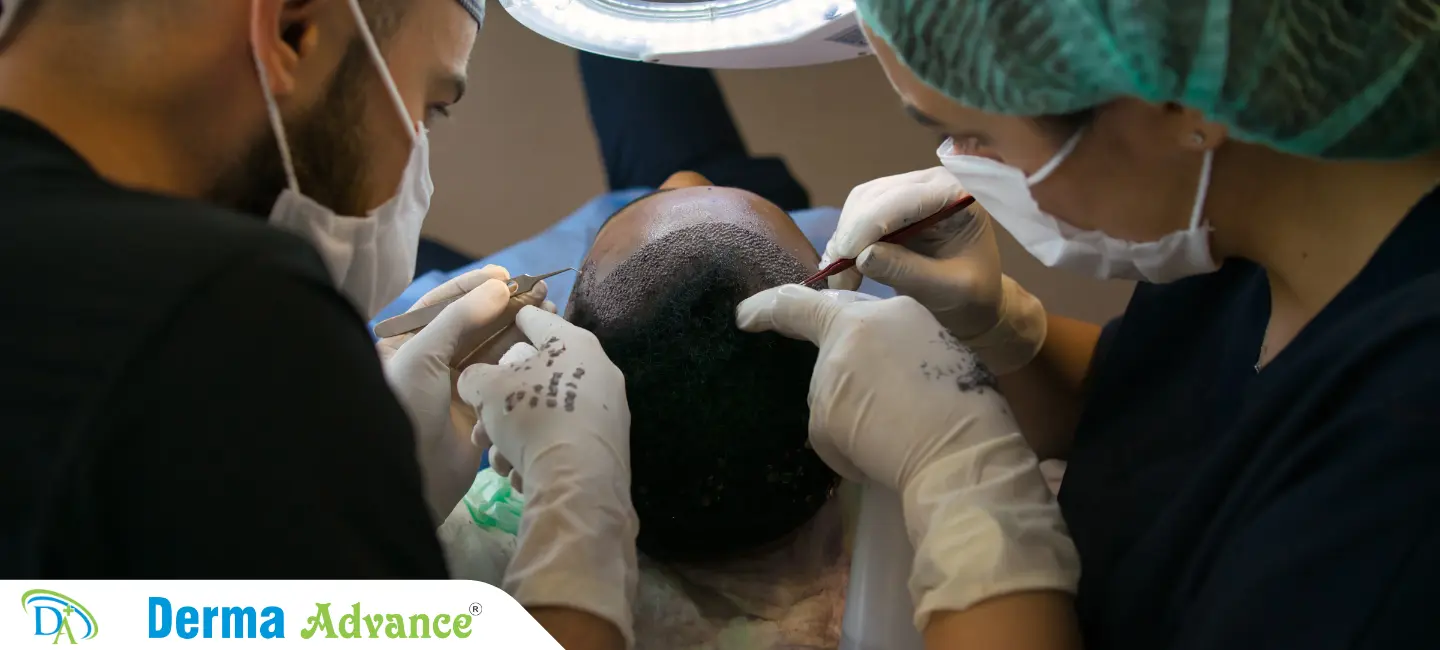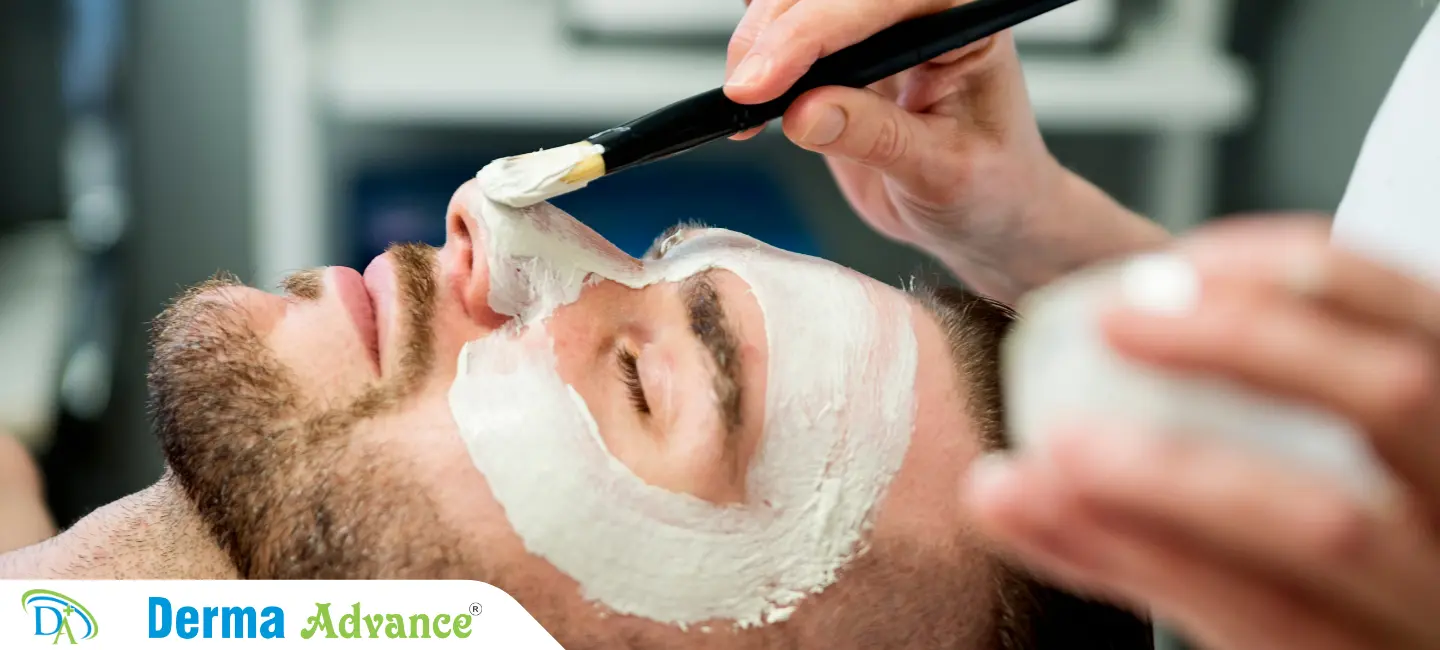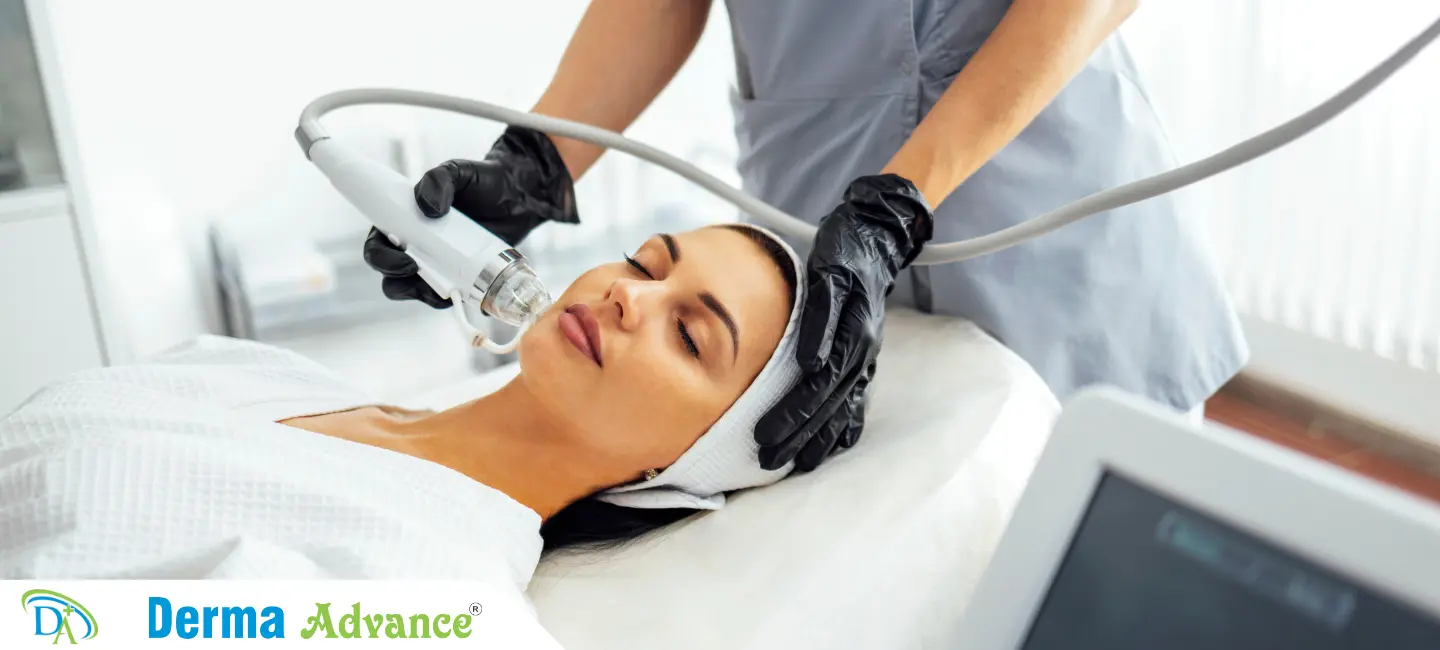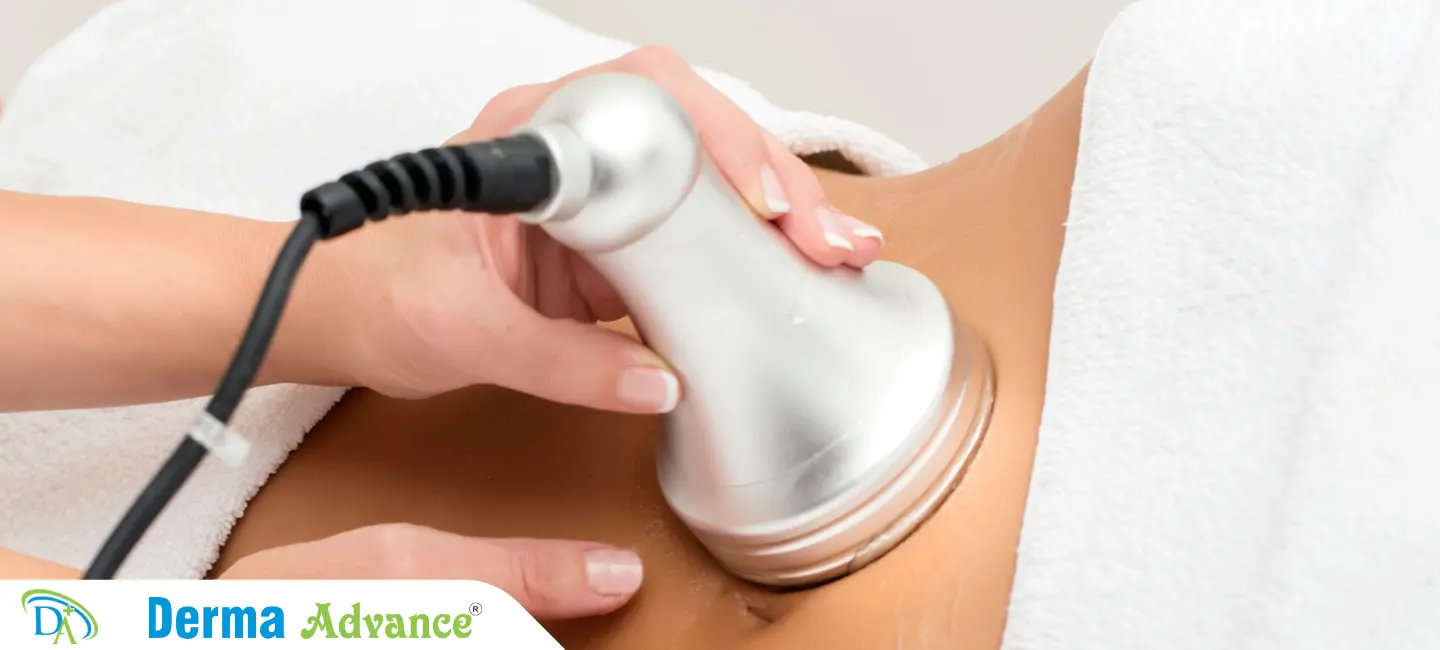What is Moles?
Moles are common, usually benign skin growths that can appear anywhere on the body. They vary in color, shape, and size.
Moles, also known as nevi, are clusters of pigmented cells that appear on the skin as small, dark brown spots. They can develop anywhere on the body and come in various shapes and sizes, ranging from flat and smooth to raised and hairy. Most moles are benign and harmless, typically appearing in childhood or adolescence and evolving over time.
While moles are usually benign, it is important to monitor them for changes in size, shape, or color, as these can be indicators of melanoma, a type of skin cancer. Regular skin examinations by a dermatologist can help identify any moles that require closer scrutiny or removal. Treatment options for concerning moles include biopsy, surgical excision, or laser removal, depending on the mole's characteristics and location.
Immense Care
We aim to provide immense care tailored to manage and treat your health condition. Be assured, you are in safe hands!
Modern Techniques
We provide modern treatments to ensure you get the quickest and most effective solution to your health conditions!
Symptoms of Moles
What are the Symptoms of Moles?
Moles are usually characterized by their round or oval shape, uniform color, and well-defined borders. They can appear anywhere on the skin and are most commonly found on areas frequently exposed to the sun, such as the face, arms, and back. Moles vary in size, typically measuring less than 1/4 inch in diameter, although some can be larger.
While most moles are benign and remain unchanged, it is important to be aware of the signs that may indicate a mole is becoming atypical or malignant. Changes in color, such as darkening, lightening, or uneven pigmentation, can be warning signs. Additionally, moles that start to grow rapidly, become asymmetrical, or develop irregular borders should be evaluated by a dermatologist.
Itching, bleeding, or crusting of a mole can also signal the need for further investigation. The "ABCDE" rule (Asymmetry, Border irregularity, Color variation, Diameter larger than 6mm, Evolving) is a helpful guide for identifying potentially problematic moles. Regular skin checks and prompt attention to changes are crucial for early detection of melanoma and other skin conditions.
Round or Oval Shape
Moles typically have a round or oval shape with well-defined borders, making them easily distinguishable from other skin lesions.
Uniform Color
Most moles have a consistent color, usually brown, black, or flesh-toned, though some may have a blue or reddish hue.
Common Locations
Moles can appear anywhere on the body, but are most often found on sun-exposed areas like the face, arms, and back.
Changes in Appearance
Any change in a mole’s color, size, shape, or texture, including becoming asymmetrical or developing irregular borders, warrants medical attention.
Itching or Bleeding
Moles that itch, bleed, or develop a crust should be evaluated by a dermatologist, as these symptoms can indicate malignancy.
Evolving Characteristics
Moles that evolve or change over time, including changes in height or becoming more pronounced, should be closely monitored for signs of skin cancer.
Diagnosis of Moles
1
Physical Examination
A dermatologist visually examines the mole for signs such as asymmetry, border irregularity, color variation, and changes in size, which can indicate a potential problem.
2
Dermatoscopy
A handheld device called a dermatoscope is used to magnify the mole and examine its structure more closely, helping to identify any abnormal features.
3
Biopsy
If a mole appears suspicious, a biopsy may be performed, involving the removal of a small sample of the mole for laboratory analysis to check for cancerous cells.
4
ABCDE Criteria
Dermatologists use the ABCDE rule (Asymmetry, Border, Color, Diameter, Evolution) to evaluate moles for signs of melanoma, aiding in early detection and treatment.
5
Patient History
Reviewing the patient's medical history and risk factors, such as family history of melanoma or frequent sun exposure, helps in assessing the likelihood of mole-related issues.
6
Regular Monitoring
Regular skin check-ups and monitoring changes in moles are critical for early detection of potential skin cancers and ensuring timely intervention.
Book Your Appointment
Find Solution to Moles Now!
Meet Our Expert Moles Specialists


Treatment of Moles
How is Moles treated?
Treatment for moles often depends on their characteristics and whether they pose a cosmetic or medical concern. For benign moles that are unsightly or cause discomfort, surgical removal is a common option. This involves excising the mole with a scalpel under local anesthesia, ensuring minimal scarring and complete removal. Another method is shave excision, where the mole is shaved off the surface of the skin.
For moles suspected of being malignant, a biopsy may be performed to determine if cancerous cells are present. If melanoma is detected, more extensive surgery may be required to remove not only the mole but also surrounding tissue to prevent the spread of cancer. Laser therapy is also used for some types of moles, especially those that are flat and pigmented, by targeting the melanin within the mole.
Non-surgical options include cryotherapy, which involves freezing the mole with liquid nitrogen, causing it to fall off after a few days. Chemical peels or topical treatments are other options, though these are typically less effective for deep or larger moles. Consultation with a dermatologist is essential to choose the most appropriate treatment based on the mole's appearance and location.
Surgical Excision
The mole is cut out using a scalpel under local anesthesia, with stitches applied to close the wound, minimizing scarring and ensuring complete removal.
Shave Excision
The mole is shaved off at the surface level of the skin using a blade, typically leaving a small, flat scar. Suitable for raised moles.
Biopsy
A small sample of the mole is taken to be examined under a microscope for signs of cancerous cells, aiding in the diagnosis of melanoma.
Laser Therapy
A laser is used to target and remove pigmented moles, especially those that are flat. This method minimizes scarring and is effective for small, dark moles.
Cryotherapy
The mole is frozen with liquid nitrogen, causing it to fall off within a few days. This method is quick and generally leaves minimal scarring.
Chemical Peels
A chemical solution is applied to the skin to remove the top layers, which can lighten or remove small, flat moles. Multiple treatments may be required.
Causes of Moles
1
Genetic Factors
Genetics play a significant role in mole formation, with individuals often inheriting the tendency to develop moles from their parents.
2
Sun Exposure
UV radiation from the sun stimulates melanocyte activity, leading to the formation of moles, especially in sun-exposed areas.
3
Hormonal Changes
Hormonal fluctuations during puberty, pregnancy, or menopause can trigger the development of new moles or changes in existing ones.
4
Skin Type
Individuals with fair skin are more susceptible to developing moles due to lower levels of melanin, which provides less natural protection against UV damage.
5
Age
The number and appearance of moles can change with age, with new moles often appearing in childhood or adolescence and evolving over time.
6
Immune Response
The body's immune response can influence mole development and changes, with some moles potentially appearing after skin injury or as a reaction to infections.
How to Prevent Moles?
Moles are common, usually benign skin growths that can appear anywhere on the body. They vary in color, shape, and size.
While not all moles can be prevented, reducing sun exposure can minimize the risk of new moles forming and existing moles changing. Wearing broad-spectrum sunscreen with a high SPF, seeking shade during peak sun hours, and wearing protective clothing can all help protect your skin from UV damage.
Regularly checking your skin for new or changing moles and visiting a dermatologist for annual skin exams are also important preventive measures. Avoiding tanning beds and other sources of artificial UV light is crucial in reducing your risk of developing problematic moles.

